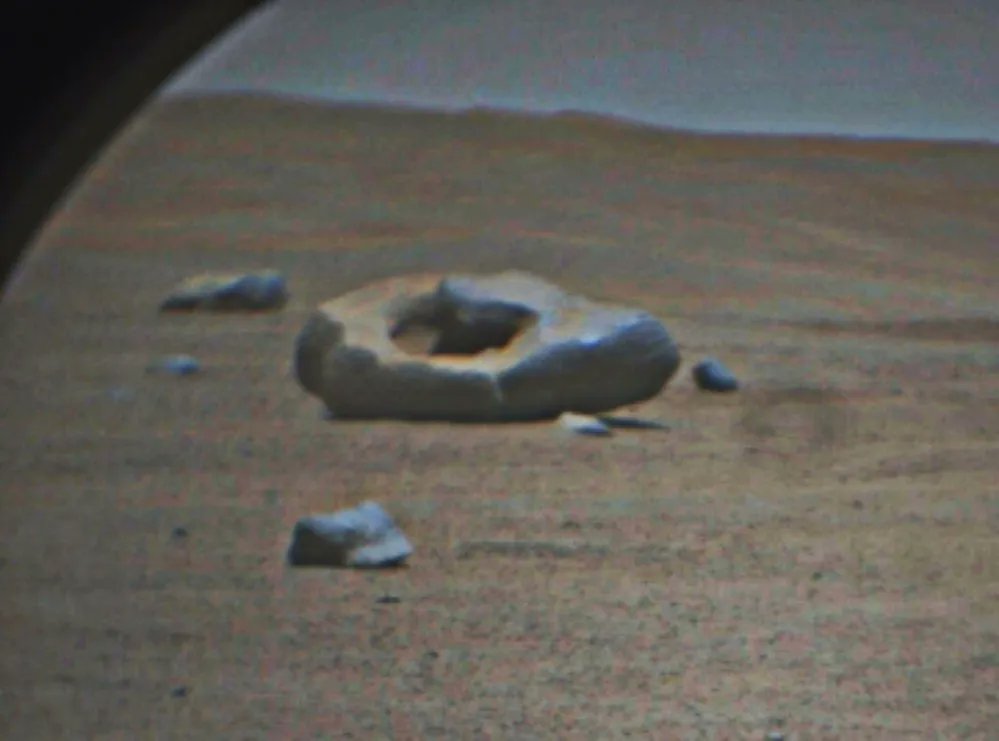Space
281 readers
1 users here now
News and findings about our cosmos.
Subcommunity of Science
This community's icon was made by Aaron Schneider, under the CC-BY-NC-SA 4.0 license.
founded 2 years ago
MODERATORS
1
2
3
4
5
6
7
8
9
10
11
12
13
14
16
1
Mars Lacks a Planet-Wide Magnetosphere, but it Does Have Pockets of Magnetism
(www.universetoday.com)
17
18
1
Final Ariane 5 launch scheduled for July 4 after fixes to booster separation system
(spaceflightnow.com)
19
20
21
22
23
24
25
view more: next ›



